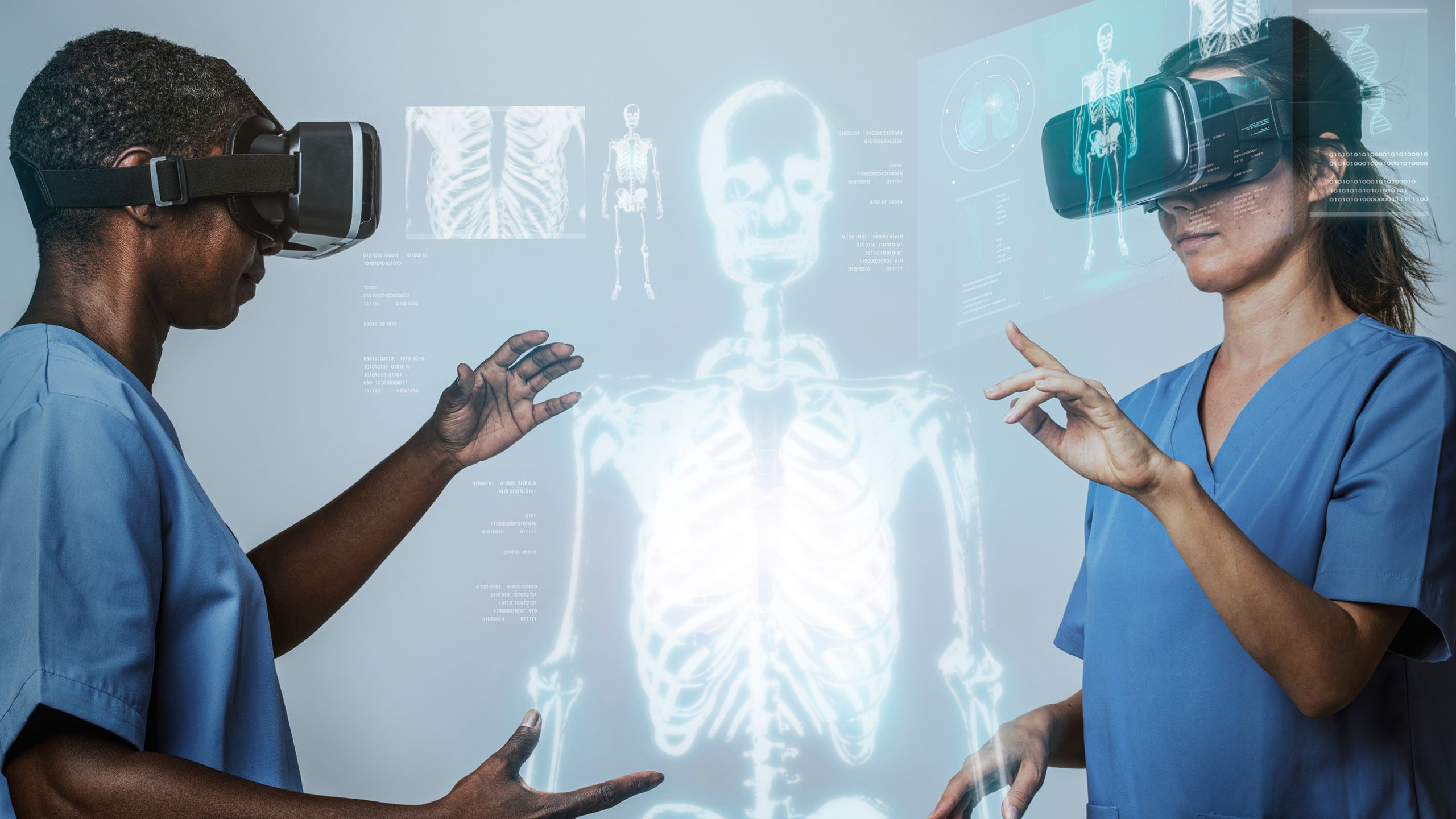In Brief

Team immersive VR training has been shown to be more effective than individual training for complex open surgery
Team immersive VR training has been shown to be more effective than individual training for complex open surgery
Evaluation of a quality improvement intervention to reduce anastomotic leak following right colectomy in 64 countries (EAGLE)
A total of 332 teams from 64 countries were involved in this pragmatic cluster-randomised trial. An online educational module was completed by half of the surgeons (2,143 of 4,411). The proportion completing the modules was an influence on outcome: the anastomotic leak rate decreased from 12.2% to 5.1% after intervention in high-engagement centres, but this was not observed in low-engagement hospitals. Authors concluded that completion of globally available digital training by engaged teams can alter anastomotic leak rates.
ESCP EAGLE Safe Anastomosis Collaborative. Br J Surg 2023; doi.org/10.1093/bjs/znad370
Team training in virtual reality is superior to individual learning for complex open surgery
This trial randomised 40 participants to individual or team immersive virtual reality training. They completed an anterior-approach total hip arthroplasty surgery on a model in a simulated OR. Teams outperformed those individually trained for non-technical skills. They completed the assessment 33% faster and made fewer than half the number of technical errors. Authors concluded that multiplayer training leads to faster surgery with fewer technical errors and the development of superior non-technical skills.
Edwards TC, Soussi DG, Shubham. Ann Surg 2023; 278(6): 50–857.
Robotic lobectomy compared to video-assisted lobectomy: early results of the RAVAL trial
A total of 186 were randomised to robotic or VATS lobectomy. The mean 12-week health utility score was 0.85 (0.10) for RPL-4 and 0.80 (0.19) for VATS-lobectomy (p=0.02). More lymph nodes were sampled in the robotic arm (10 versus eight). Authors concluded that early trial results suggest robotic lobectomy is cost-effective and associated with comparable short-term patient-reported health utility scores.
Patel YS, Baste, JM, Shargall Y. Ann Surg 2023; 278(6): 841–849.
Women-specific size threshold and mortality in elective abdominal aortic aneurysm repair
The aim of this study was to compare mortality for 1,642 women treated at small versus large aortic aneurysm diameters from the Swedish National Registry. There was no consistent association between AAA size and mortality in multivariable models. Sex differences in mortality were almost entirely due to mortality in younger-than-average women versus men. Authors concluded that the higher rupture risk in women should not automatically translate into a lower, women-specific size threshold.
Talvitie M, Jonsson M, Roy J, Hultgren R. Br J Surg 2023; doi.org/10.1093/bjs/znad376
Reducing re-excision rates in breast-conserving surgery with MarginProbe: systematic review
A systematic review assessed the effectiveness of the MarginProbe device as an intraoperative adjunct tool in reducing positive surgical margins. Twelve articles were identified with 2,680 patients showing a 55% reduction in re-excision rate with the use of MarginProbe. Authors concluded that MarginProbe is effective in breast-conservation surgery to reduce patient re-excision rates with no adverse effects relating to breast cosmesis.
Rossou C, Alampritis G, Patel B. Br J Surg 2023; doi.org/10.1093/bjs/znad335
Standard setting for orthopaedic trauma competencies in postgraduate specialty training
A group of 32 trainers and 73 trainees in one Deanery were asked their PBA level expectation of a trainee at ST4, ST6 and ST8 for nine trauma competencies. At ST8 the lower quartile threshold was level 4 for all procedures.
At ST6 there were three operation groups: Group 1–4a (hip hemiarthroplasty, dynamic hip screw, K-wire distal radius fracture and Weber C ankle open reduction, internal fixation (ORIF)); Group 2–3b (tibial nail, olecranon tension band wire, ORIF radial shaft, distal radius plate fixation), Group 3–3a (supracondylar fracture fixation). At ST4, expectations were Group 1–3a; Group 2–2b and Group 3–2a. Authors concluded they had identified two groups: basic trauma (Group 1 where level 4 should be attained by ST6) and intermediate trauma (Groups 2 and 3 where level 4 should be attained by ST8).
Pullinger M, Liew I, Spacey K et al. The Surgeon 2023; 21(6): 337–343.
